South Florida communities in and around Miami-Dade County have substantial dedicated resources to improving bicycle safety and infrastructure. For example, Boca Raton was named a Bronze Bicycle Friendly Community in 2021. Fort Lauderdale and West Palm Beach have bicycle master plans in place to improve safety and infrastructure.
But these communities have a long way to go. Florida has a history of high bicyclist fatalities. In awarding Boca Raton bronze status, the League of American Bicyclists noted that the city was nowhere near as safe as it would need to be for silver status.
Here is some information about South Florida bicycle safety and infrastructure.
Florida Crash Statistics
Florida had 5,952 bicycle collisions in 2021. These crashes caused 5,574 injuries and 169 deaths.
In Florida, bicycle accidents are overwhelmingly caused by vehicle drivers. Of the 169 fatal bicycle accidents, Florida law enforcement officers found the vehicle driver responsible in 140 of them. This means that nearly 83% of fatal bicycle accidents in 2021 resulted from driver error.
Similarly, Florida saw 759 bicycle accidents with life-threatening injuries and 4,815 accidents with minor injuries. Of these, Florida police reports placed the blame on the driver in 76% of the serious accidents and 69% of the minor accidents.
Boca Raton and West Palm Beach Crash Stats
Palm Beach County saw 372 total crashes in 2021 that involved a bicycle. Of these, 351 caused an injury. Six were fatal. Together, Boca Raton and West Palm Beach had 185 bicycle accidents.
October had the most accidents with 43. June and November tied for the fewest crashes at 23 each.
Fort Lauderdale Crash Stats
Broward County reported 602 bicycle crashes in 2021. 577 of these crashes caused an injury, and six caused a fatality. Fort Lauderdale had 381 bicycle crashes.
January was the worst month for bicycle crashes, with 77. April had the fewest bicycle crashes with 35.
Florida Bicycle Safety
Drivers bear the responsibility for most bicycle accidents in South Florida. As a result, communities like Boca Raton, Fort Lauderdale, and West Palm Beach have focused their bicycle safety efforts on two areas:
- Separating bicycle traffic from vehicle traffic
- Enforcing new laws to prohibit dangerous practices
These initiatives have been implemented through a cooperative effort by Broward County, Palm Beach County, Boca Raton, West Palm Beach, and Fort Lauderdale.
Boca Raton Bicycle Safety and Infrastructure
Boca Raton has nearly 85 miles of bikeways, including:
- Multi-use paths for bikes and pedestrians
- Bike trails for dedicated bike use
- Painted bike lanes on roadways
These bikeways improve the safety of bicycles by separating bike traffic from vehicle traffic. Some of the city’s most important bikeways include the El-Rio Trail, the A1A bicycle lanes, and the Patch Reef Trail.
Boca Raton has also invested in an underpass on the El-Rio Trail. This underpass provides a way for bicyclists and pedestrians to travel north and south under I-95. This underpass improves both the safety and usability of the trail.
Boca Raton has focused on educating cyclists and drivers about Florida’s new bicycle lane laws. Under these laws, bicyclists must ride single-file unless the bicycle lane is separated from vehicle traffic with a physical barrier.
At the same time, drivers must leave at least three feet when passing cyclists and 20 feet when turning right across an occupied bike lane.
West Palm Beach Bicycle Safety and Infrastructure
West Palm Beach has a transportation master plan that includes 100 miles of bikeways. Based on surveys, West Palm Beach has focused on projects where the city can build protected bike lanes and cycle tracks.
Protected bike lanes sit within the roadway with a barrier between the bike lane and vehicle lanes. The barrier can include plants or a concrete separator.
Cycle tracks are bike-only lanes that run parallel to roadways without being part of the roadway. As a result, vehicles cannot use cycle tracks. You can imagine cycle tracks as extra-wide sidewalks for bicycle use.
Fort Lauderdale Bicycle Safety and Infrastructure
Fort Lauderdale has over 90 miles of bikeways, including bike lanes, bike trails, and shared-use trails. Fort Lauderdale has focused on creating an integrated network of bikeways so cyclists can travel uninterrupted from point to point.
The city has installed bike racks throughout the city to encourage riders to use their bikes for commuting. The city also promotes bike travel to events by giving cyclists preferred parking locations at event venues.
Public Transit Infrastructure
Integrating public transit with bicycle infrastructure encourages the use of both bicycles and public transportation.
The South Florida Regional Transportation Authority (SFRTA) allows bicycles on Tri-Rail trains. Most Tri-Rail stations also have complimentary bike lockers.
You must sign up for a bike locker and provide a $20 deposit before receiving a key. After you receive your locker key, you will not pay any fees. When you no longer need your locker, SFRTA will return your deposit when you turn in your key.
PalmTran buses and Broward County Transit (BCT) buses carry bikes. Before you board the bus, you stow your bicycle on a bike rack on the front of the bus.
For people traveling to or from Miami-Dade County, Metrobus, Metrorail, and Metromover allow bikes. On buses, you must secure your bike in the bike rack on the front of the bus. On trains, you can take your bike onto the train with you.
Bicycling in South Florida
South Florida has the weather and the infrastructure for all bicycle riders. Whether you commute on your bicycle or just ride for fun and exercise, Boca Raton, Fort Lauderdale, and West Palm Beach have bikeways to help you reach your destination.
Just beware of the dangers of biking in South Florida. Most bicycle accidents in Florida result from careless driving. Drivers often fail to notice bicycles until after a collision. This leads to a high rate of bicycle injuries and deaths.
Wear a helmet, use marked bikeways, and always use caution when traveling near vehicle traffic. Riding cautiously and defensively will allow you to enjoy a safe bike ride in South Florida.

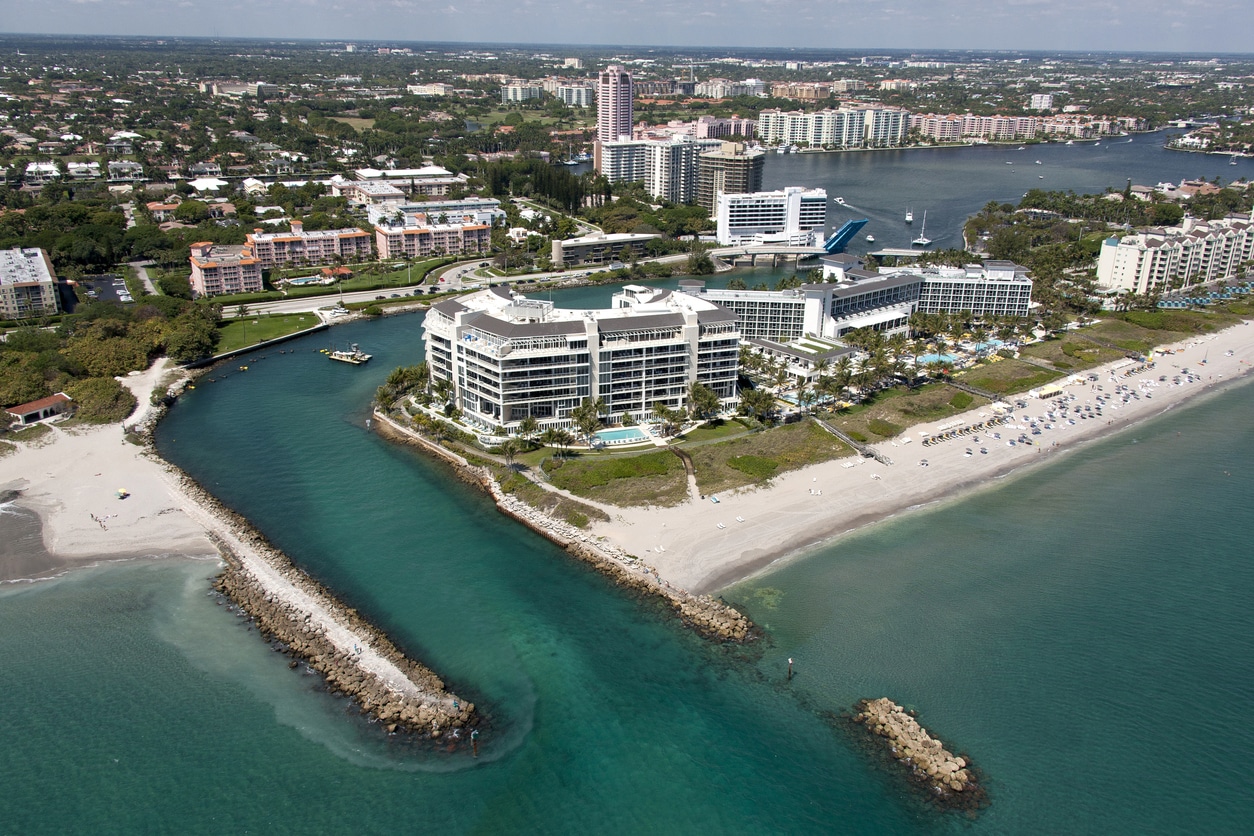
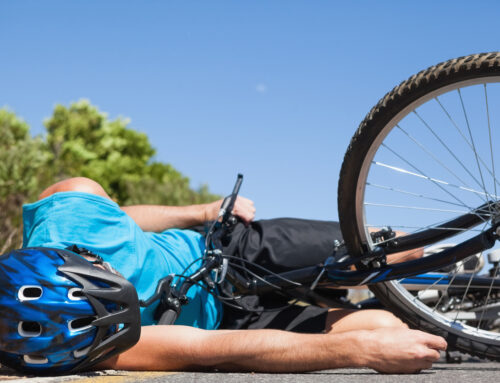
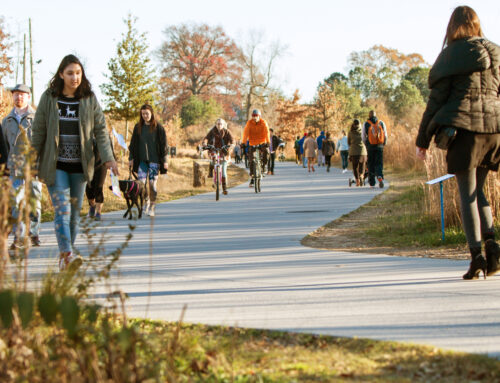

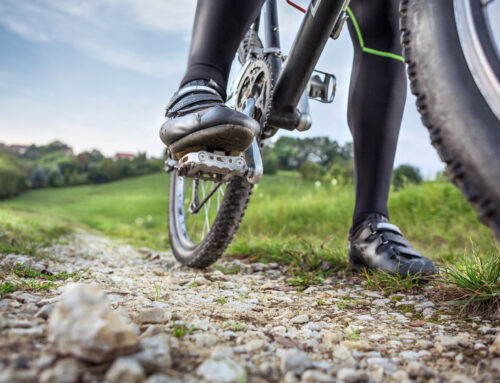
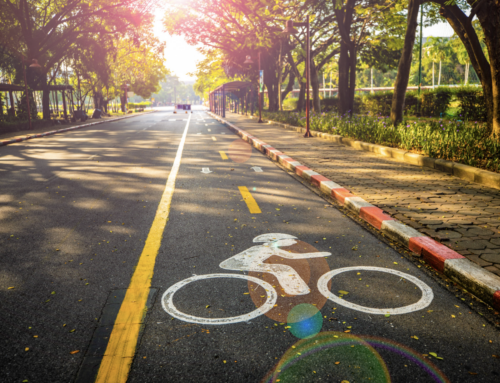
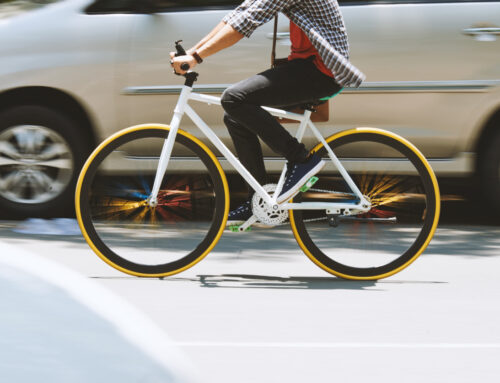
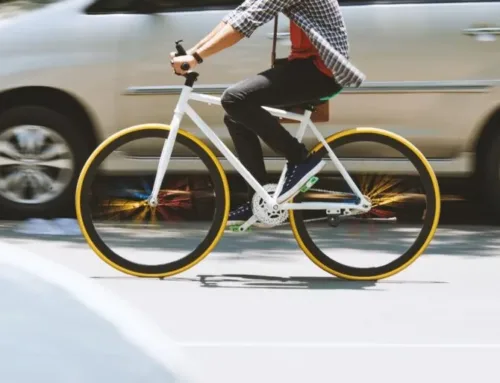
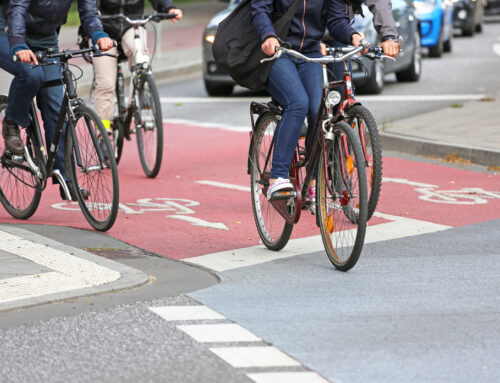
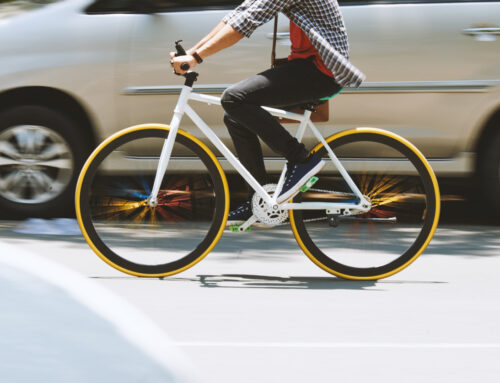
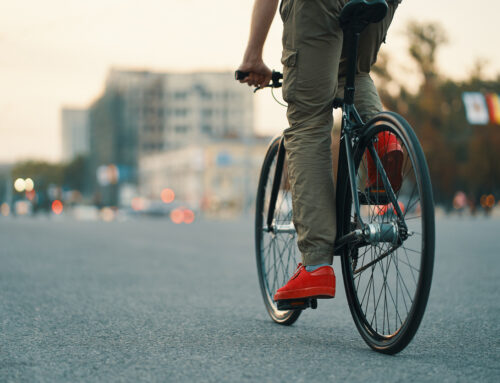
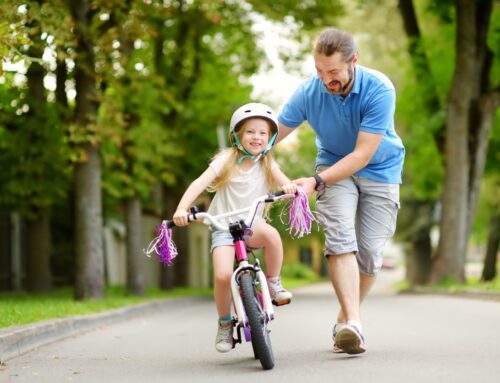
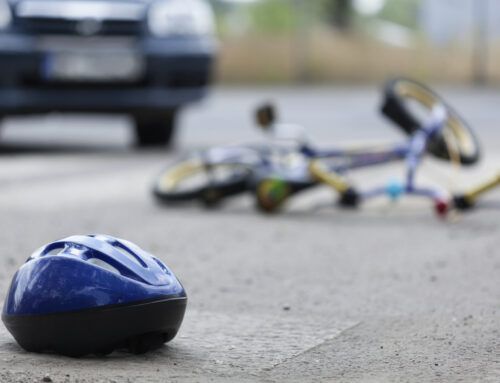
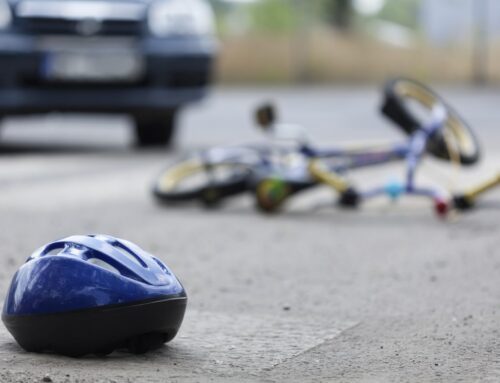
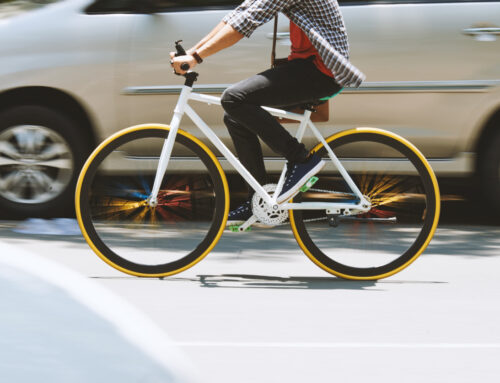

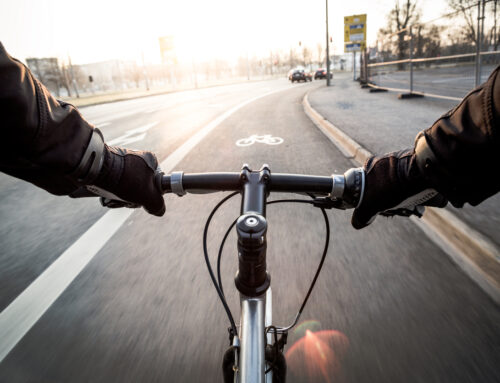
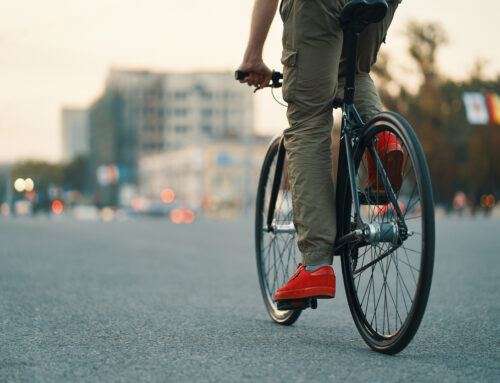
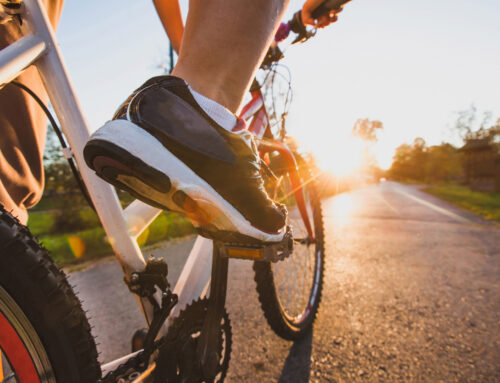
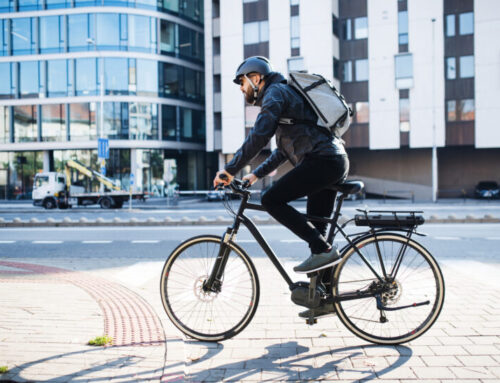
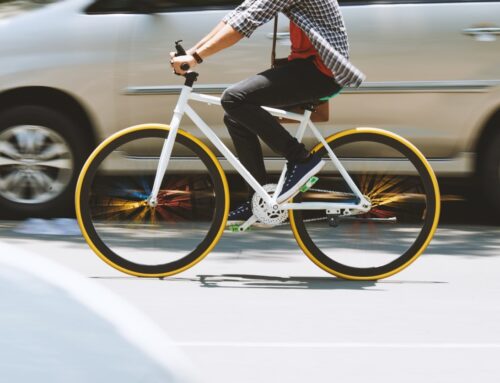
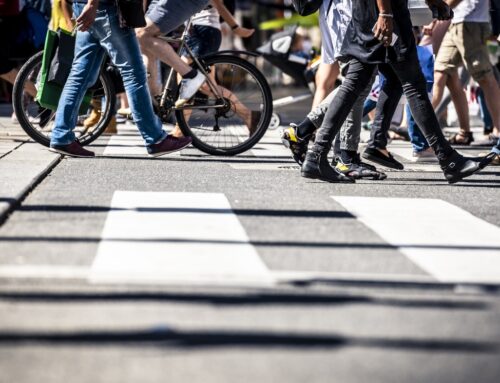
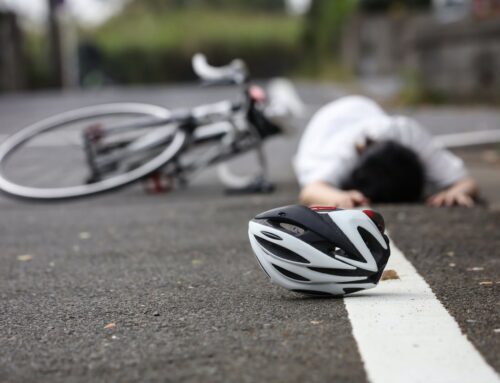
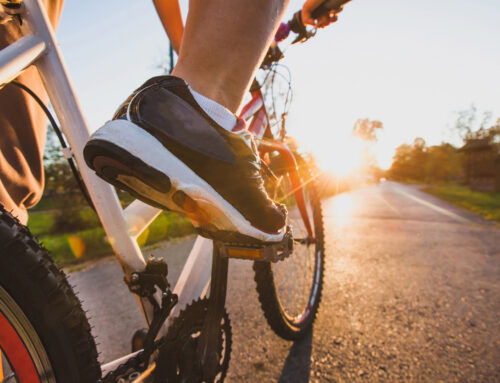
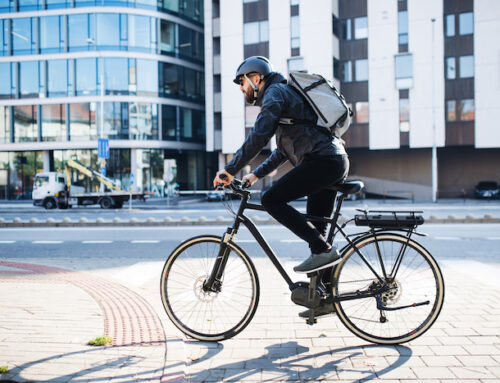
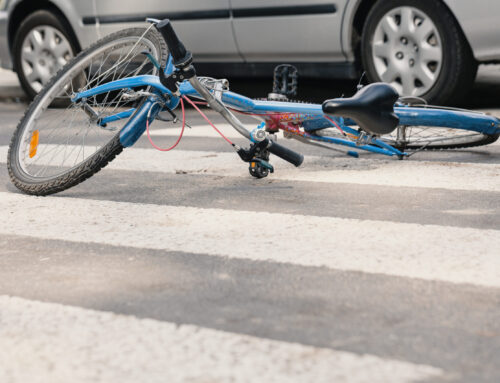
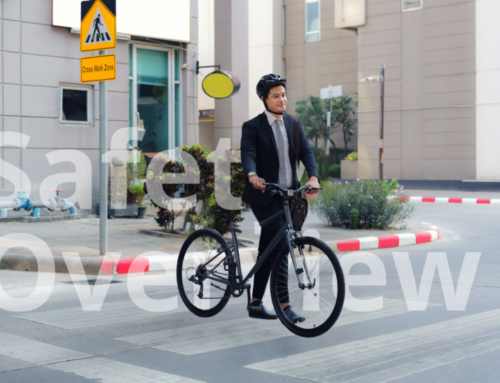
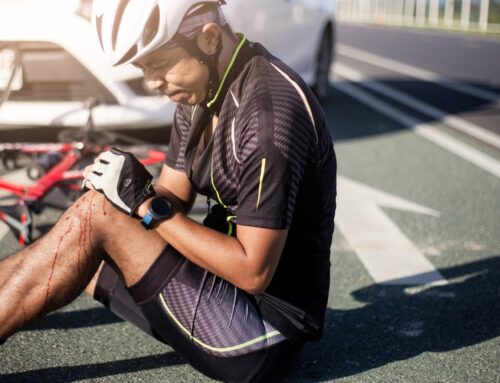
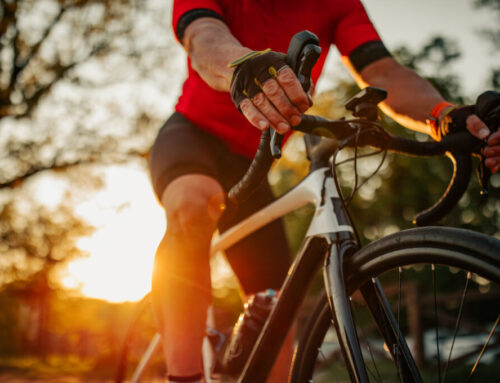
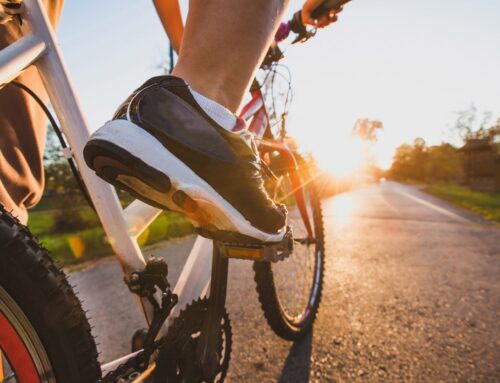
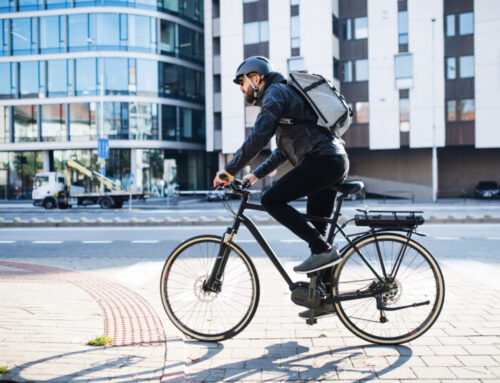
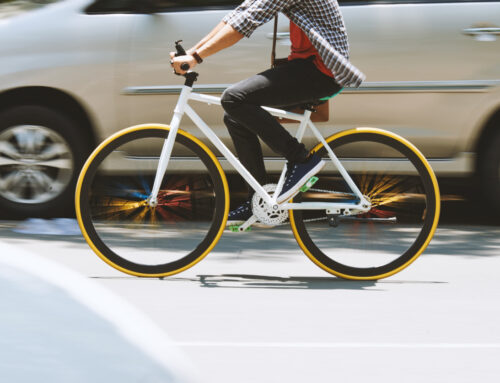
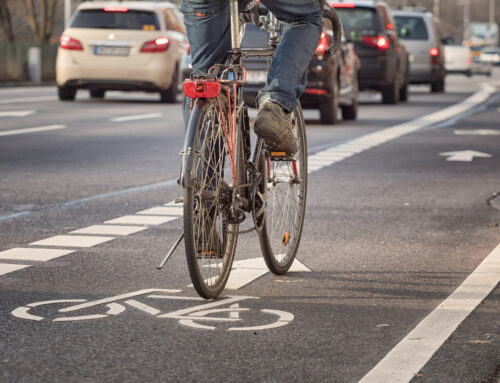
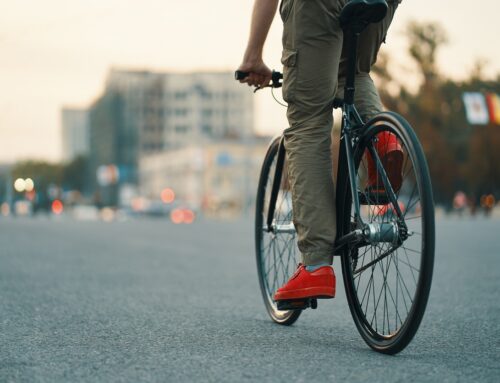

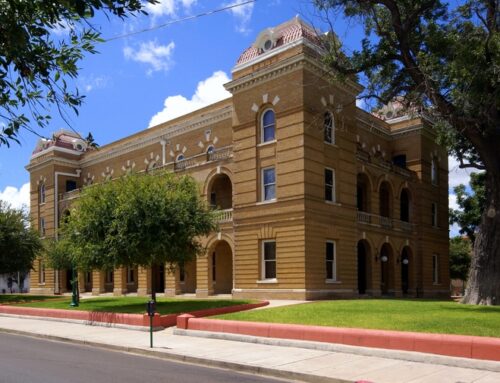
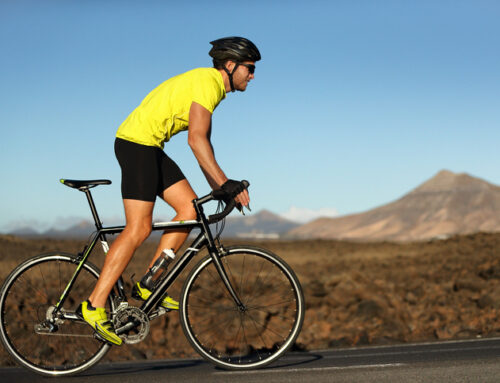
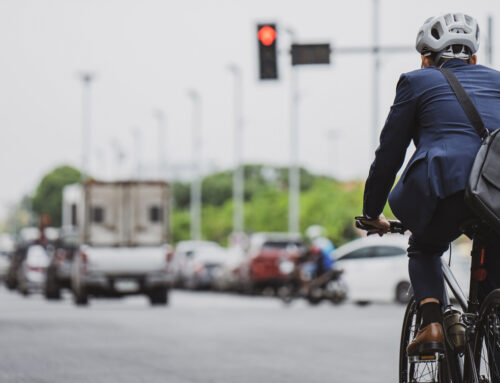
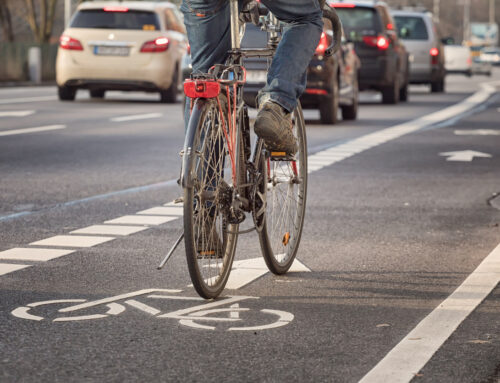
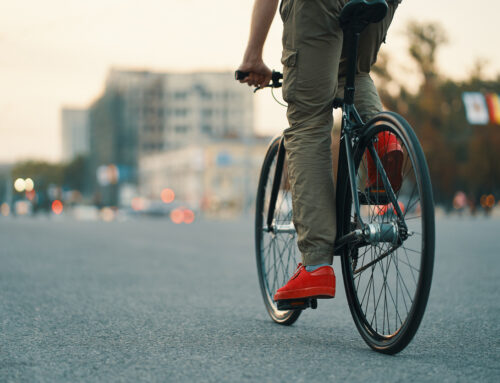
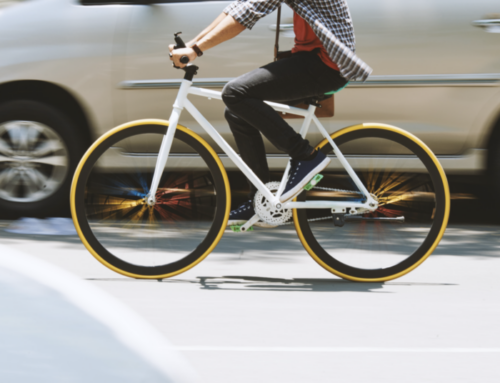
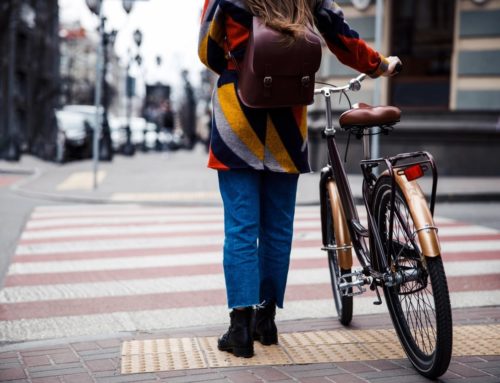
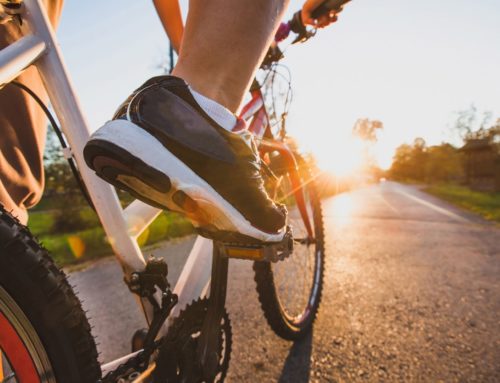
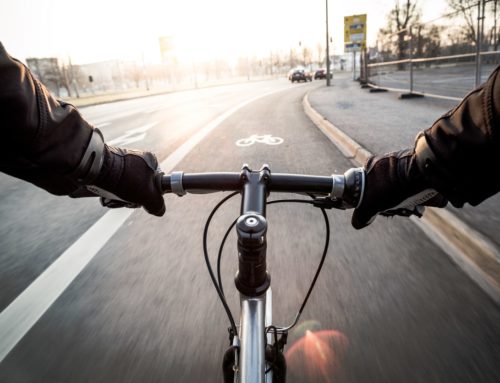

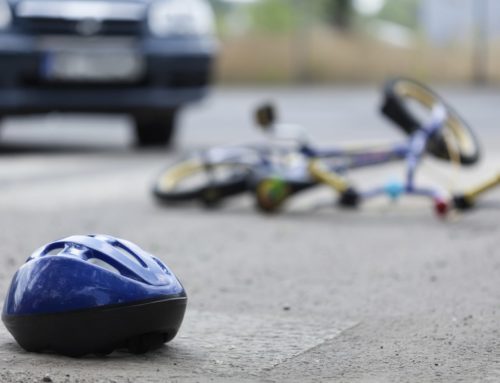
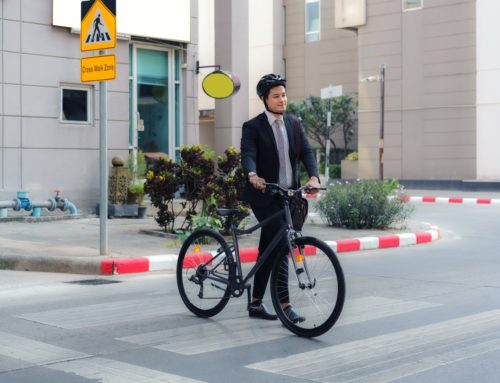
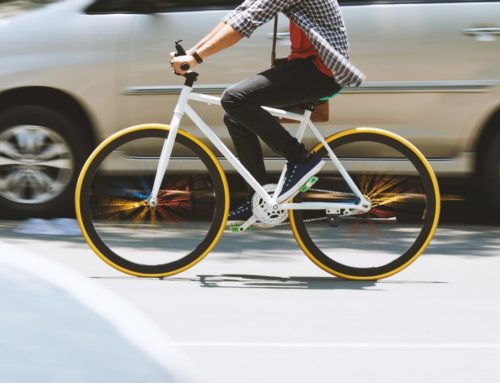
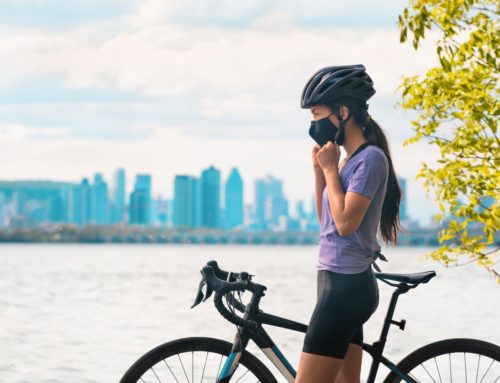

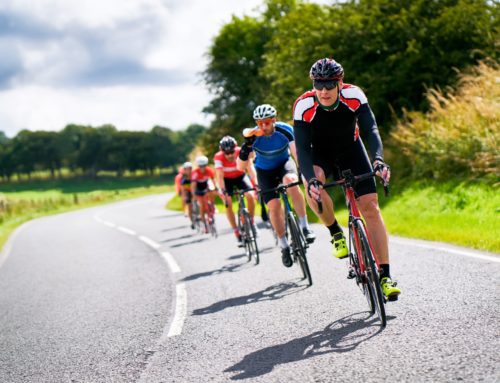
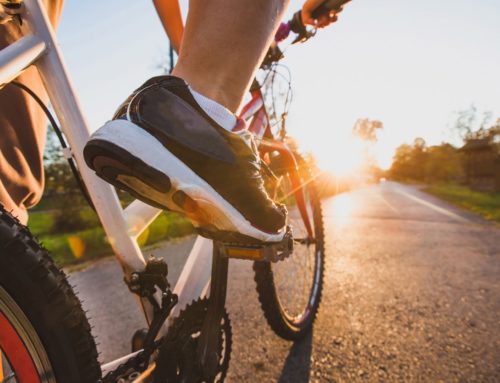
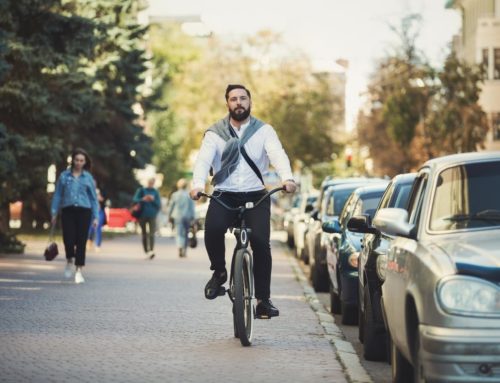
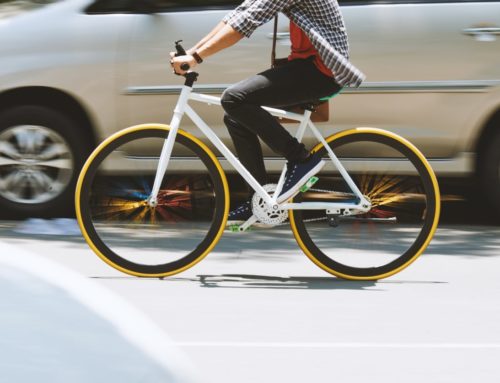
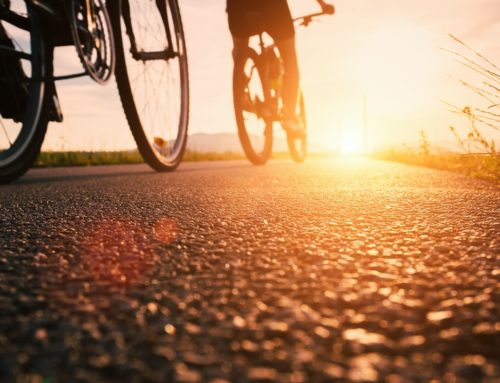
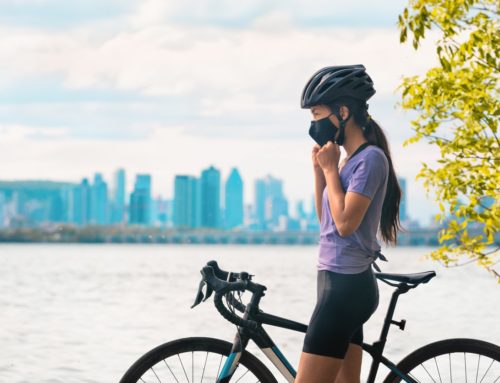
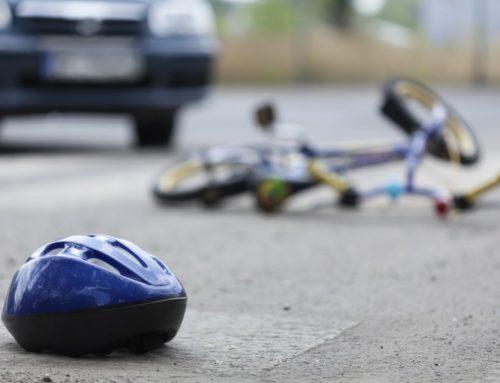
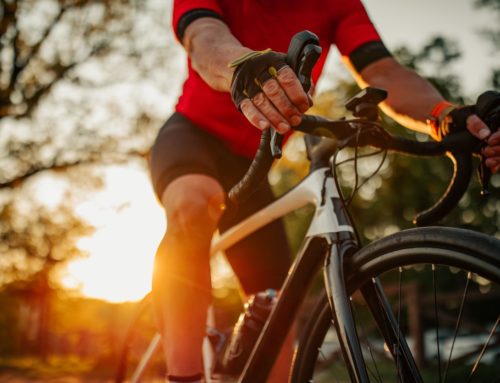
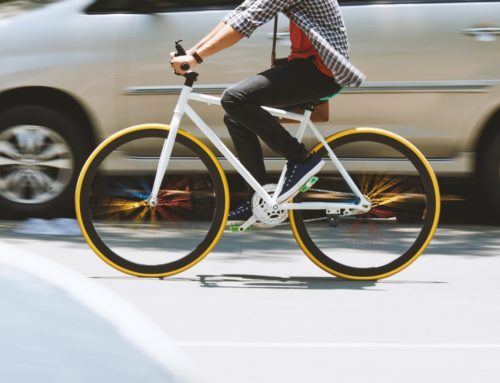
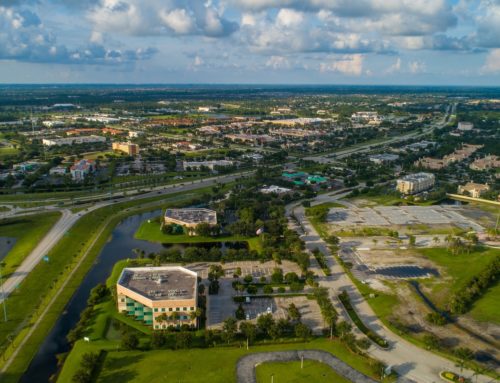
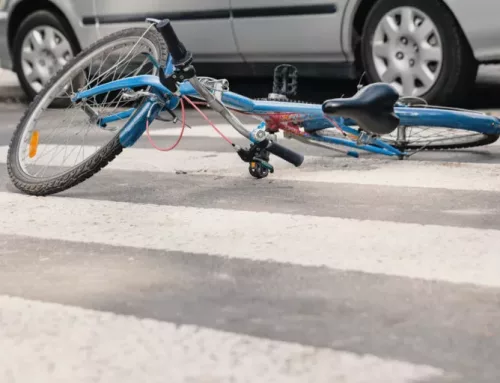
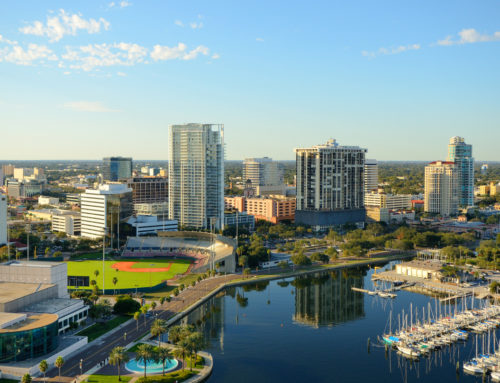
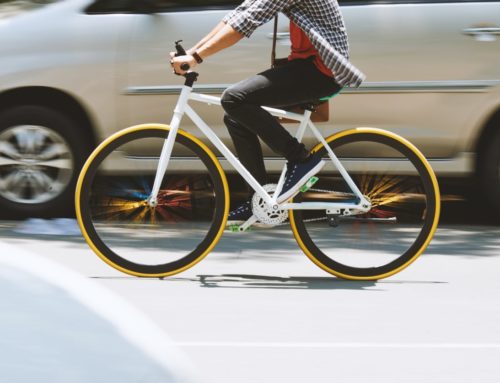
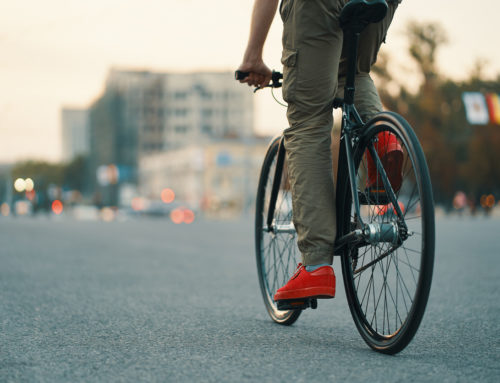
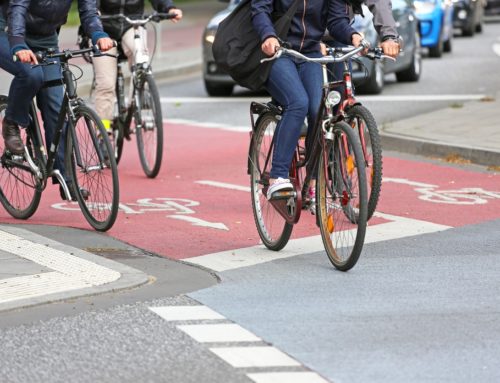
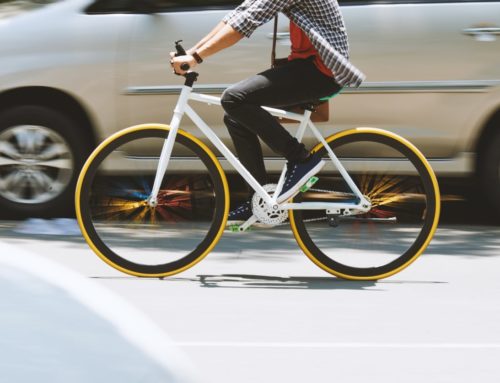
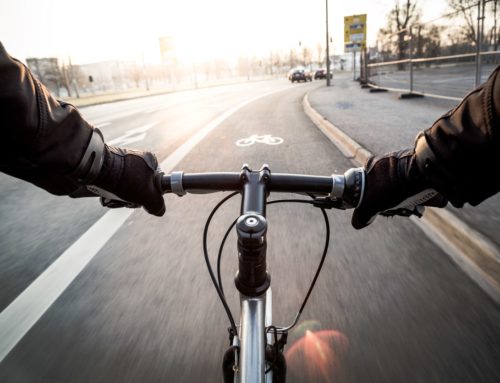

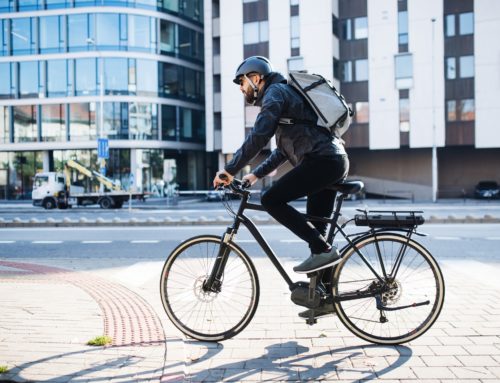
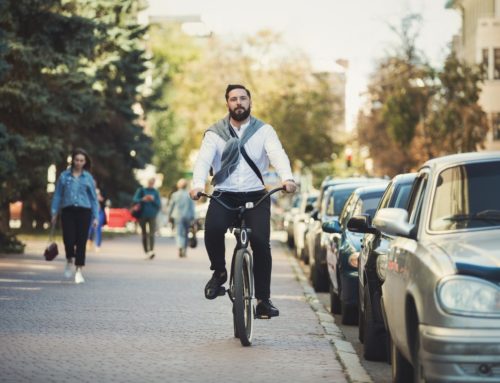
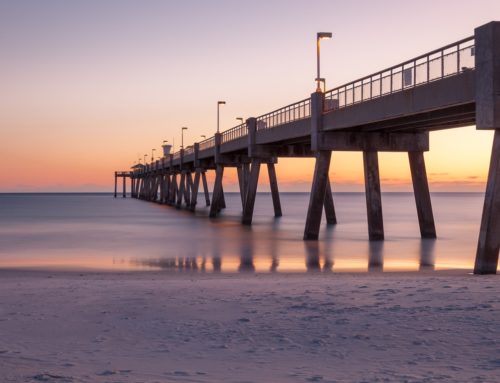
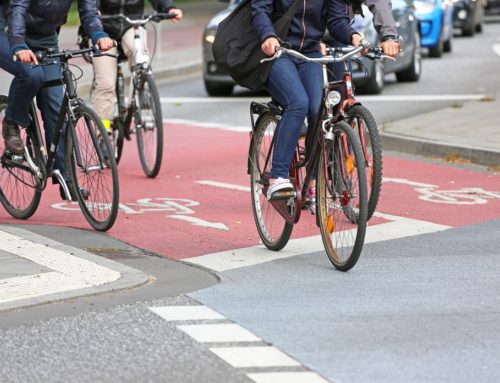
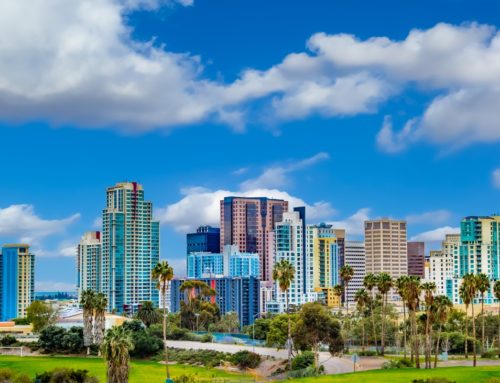
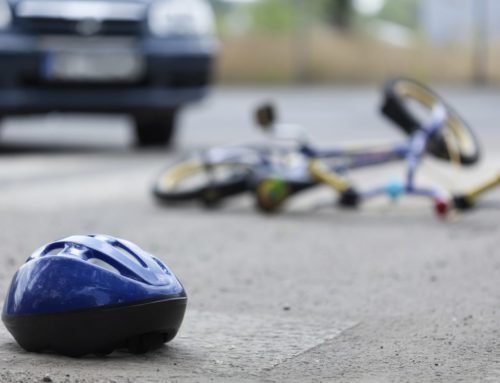
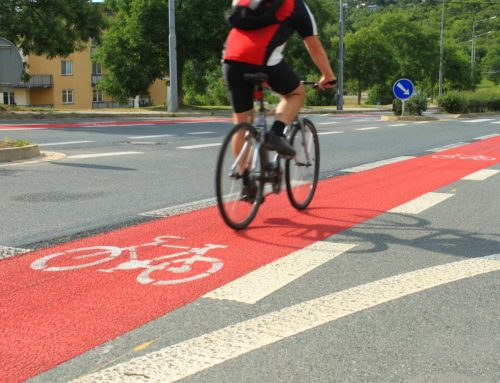
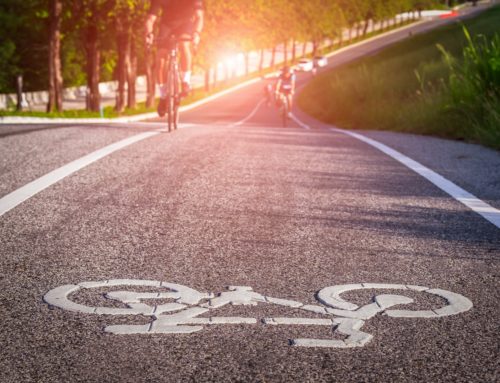
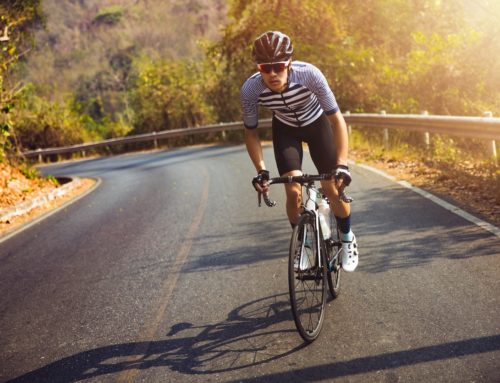
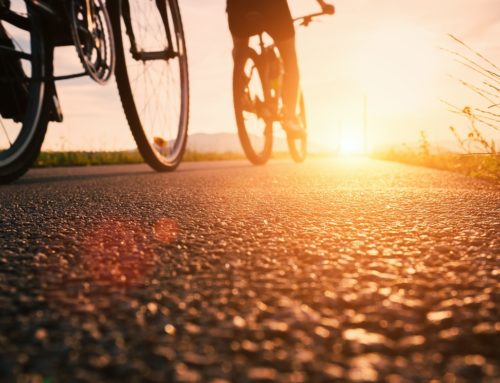
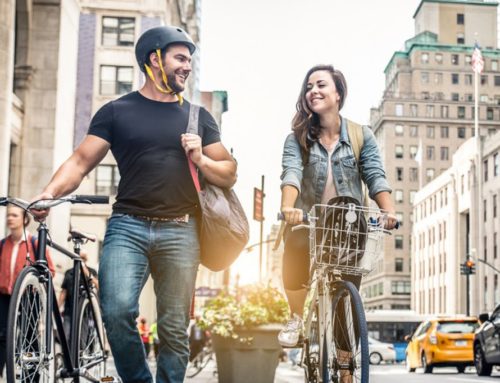
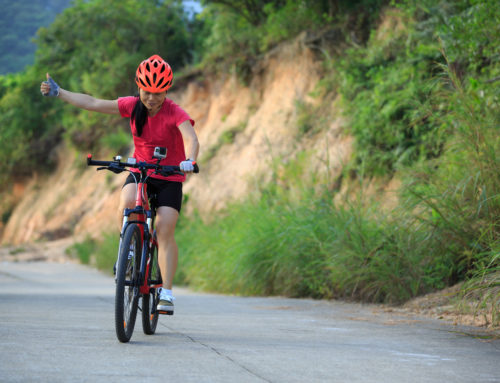
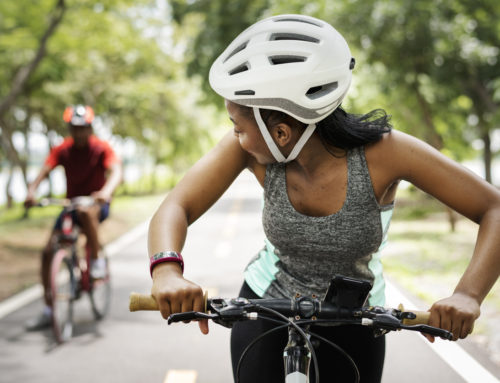
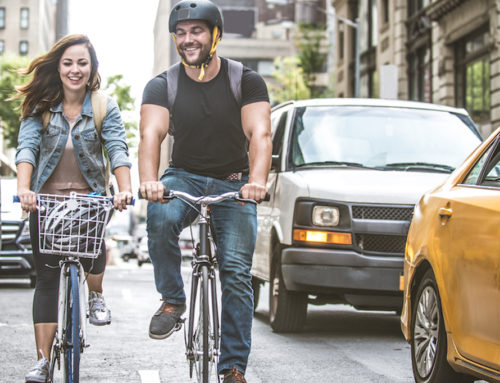
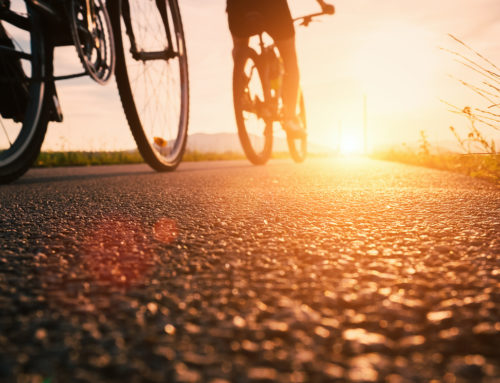

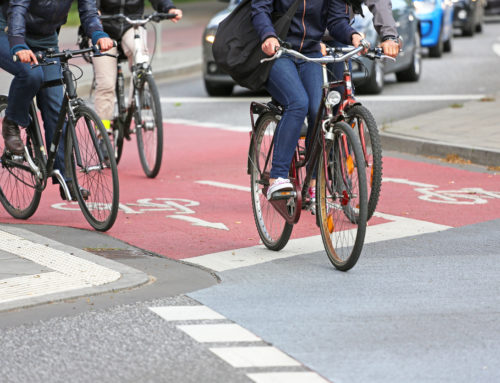
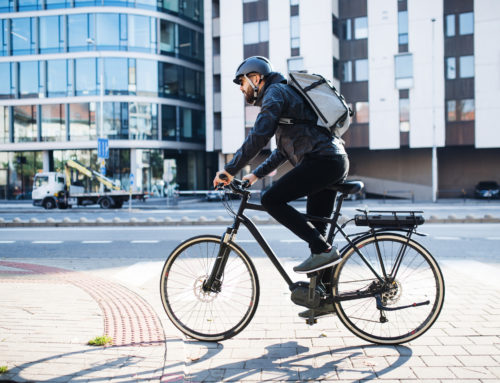
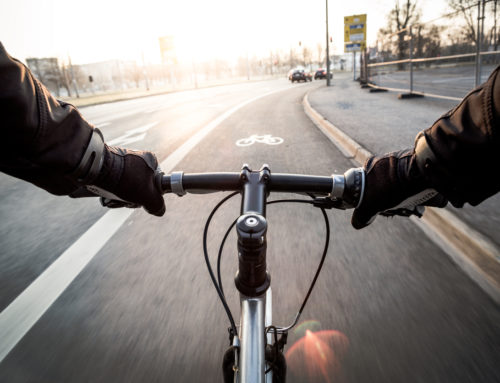

Leave A Comment